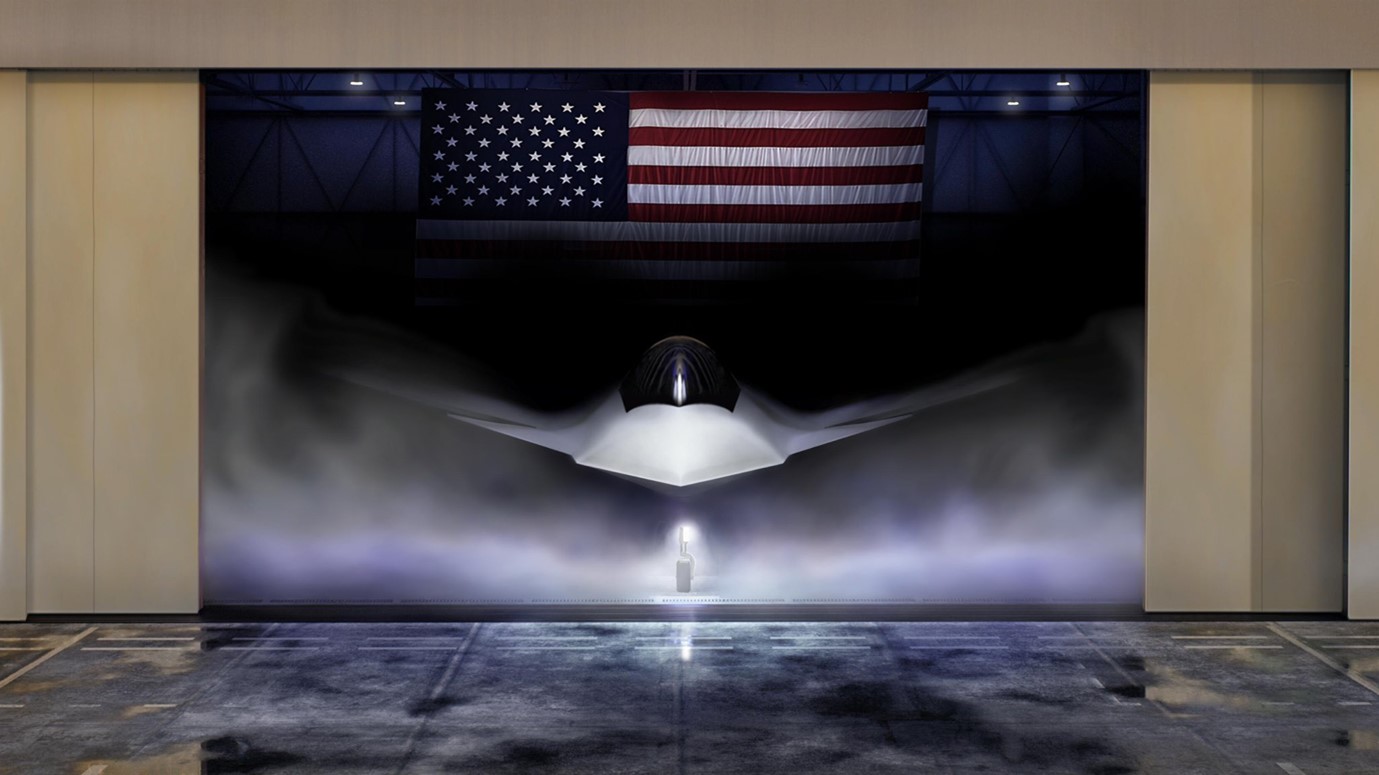
Mission Divyastra Successful: New Frontiers

On March 11, 2024, Defence Research and Development Organisation (DRDO) under “Mission Divyastra” successfully tested the Agni-V ballistic missile, which uses Multiple Independently Targetable Re-entry Vehicle (MIRV) technology. This is a significant technological advancement that adds redundancy to the nation’s nuclear weapons programme. Agni-V, India’s longest-range ballistic missile with a range of more than 5000 kms, underwent its first flight test in April 2012 and has since undergone several tests with the latest now with MIRV capability for the first time. With the help of “Mission Divyastra” (divine weapon), India joins the select group of nations that possess MIRV missile launch capability, which are the US, UK, France, Russia, and China.
Inspiring Nuclear Journey of India and Agni Missiles
India carried out nuclear tests under Pokhran-II in 1998. In 2003, the country announced its draft nuclear doctrine of No-First Use (NFU) policy, which has as its centrality of massive retaliation, with credible minimum deterrence. Additionally, India has completed its nuclear triad and operationalised its second-strike capability. Its indigenously built nuclear ballistic missile submarines are currently conducting deterrent patrols. Agni series of missiles constitute the backbone of India’s nuclear weapons delivery with SU-30, Rafale, Mirage-2000 and Jaguar aircrafts fully capable of aerial delivery of nuclear tipped missiles and bombs. The nuclear deterrence triad has been completed with Arihant class nuclear submarines.
In 1983, Integrated Guided Missile Development Programme (IGMDP), envisioned and initiated by (late) Dr APJ Abdul kalam, was headed by the Defence Research and Development Laboratory (DRDL), that initiated by India in 1983 and includes the Agni missile. Tests for the Agni-5 launch had started in April 2012 at Abdul Kalam Island’s Integrated Test Range (ITR). The re-entry vehicle was fired into the atmosphere by the third stage at a height of 100 kilometres, following a 20-minute first launch flight. By December 2018, the Agni-V pre-induction trials had concluded with the seventh test. On October 27, 2021, Agni-V was successfully launched as part of the user trial. The first Agni-V night trial was successfully completed by Strategic Forces Command (SFC) on December 15, 2022. The launch demonstrated the ability to strike targets more than 7,000 kilometres away.
The Agni category missiles were to use the Indian Space Research Organisation (ISRO) developed solid fuelled engines as opposed to the Prithvi category missiles that used the Devil Technology. In 1989, India conducted a test firing of the Agni class missile, which had a 700 km range. The missile that was tested was an Agni I category missile from India’s Agni Missile Systems, demonstrating the development of re-entry technology and accurate guidance to reach the intended target. Thereafter India never looked back and by 2024, India propelled itself to elite club of already established five countries of MIRV capability. A detailed progress path of Agni series missiles is as appended below:-
| Msl type | year | Range | payload | Remarks |
| AGNI-I | 1989 | 700 Km | 1000Kg | Nuclear |
| AGNI-II | 1999 | 2000-2500Km | 1000Kg | Nuclear |
| AGNI-III | 2006 | 3500 Km | 1500Kg | Nuclear |
| AGNI-IV | 2012 | 4000 Km | 1000Kg | Nuclear |
| AGNI-V | 2018 | 5000 Km | 1500 Kg | Nuclear |
| AGNI-V | 2024 | 5000 Km | 1500 Kg | Nuclear MIRV |
| AGNI-VI | ?? (Likely 2027) | 9000 Km | 3000 Kg | Under Development |
Agni and Nuclear Deterrence
The IGMDP programme with its success in Agni series was able to achieve the nuclear deterrence against both the adversaries in the neighbourhood. Similar to Pakistan’s Shaheen category ballistic missiles and China’s Dong Feng category missiles, India’s land-based nuclear deterrence is anchored by Agni. China is developing advanced offensive weapons such as MIRVs, MaRVs, and Hypersonic Glide Vehicles (HGVs) in addition to missile defense systems. Hypersonic munitions systems, or HGVs, could be affixed to ballistic missiles to allow them to not only carry payloads more quickly but also to sidestep enemy missile defense systems. In order to raise its deterrence level, India obviously was forced to progress its Agni programme to MIRV capable ballistic missile, that has been successfully achieved now with the recent test fire.
What is MIRV
According to The Centre for Arms Control and Non-Proliferation, MIRV technology was first created in the early 1960s to enable a single missile to carry multiple nuclear warheads, each of which could strike different targets independently, unlike conventional missiles. The United States was the first to use MIRV technology, launching a MIRVed Submarine-Launched Ballistic Missile (SLBM) in 1971 and a MIRVed Intercontinental Ballistic Missile (ICBM) in 1970. Although MIRVs were not initially made to defeat Ballistic Missile Defences (BMD), but they are much more difficult to defend in comparison to traditional conventional missiles. By expanding the number of possible targets the missile can engage, MIRV technology increases the missile’s effectiveness. As of existing tested capability, with MIRV, a single missile like Agni-V can carry up to four warheads, each of which can target a different location on its own. MIRVs have increased operational flexibility and range due to their ability to be launched from both land-based and sea-based platforms, including submarines.
 Source : Multiple Independently Targetable Re-entry Vehicle Technology (drishtiias.com)
Source : Multiple Independently Targetable Re-entry Vehicle Technology (drishtiias.com)
Strategic Significance of MIRV
As discussed earlier, since MIRVs were originally developed with a clear intent to improve offensive capabilities rather than overcoming BMD, the strategic significance was not realised during the initial tests. However, with the clarity on its inherent anti BMD capability due to multi-target capability on a single missile raising very high uncertainty in the minds of target nation, the MIRV assumed very high strategic significance. In strategic deterrence, NFU is a type of pledge or policy wherein a nuclear power formally refrains from using nuclear weapons or other weapons of mass destruction (WMD) in warfare, with the exception of a second strike in retaliation to an attack by an enemy power using WMD. This term is used in nuclear ethics and deterrence theory. In this context, MIRVs ensure a credible second-strike capability even with few missiles and that is the major significance of deterrence for following NFU. Incidentally, India and China, both have stated policy of NFU and that is how such progression in missile programme stands justified to maintain minimum credible deterrence.
Challenges in MIRV
There is no technology that does not have challenges alongside the advantages and MIRV is no exception. The implementation of MIRV technology involves three main intricate obstacles, that are the reduction in size of warheads, the creation of sophisticated guidance mechanisms, and guaranteeing the dependability of every re-entry vehicle. The Research and Development (R&D) in the field of MIRV is progressing at fast pace and China is leading nation. Therefore, its imperative that India retains its pace of improving technology and overcoming these challenges to retain its deterrence against China and Pakistan.
Conclusion
India has been a very responsible nuclear power ever since its 1998 Pokhran-II tests. It exhibited excellent restraint in the face of a highly heated Kargil conflict scenario. India announced its nuclear doctrine in 2003, with the NFU policy and massive retaliation serving as its central tenets. The doctrine is based on credible minimum deterrence. China, which also fielded MIRV tech, is rapidly modernising its nuclear arsenal. India’s adoption of this technology is a possible response to China’s current rapid nuclear growth and must continue with furthering its IGMDP to maintain the level of minimum credible nuclear deterrence.
Disclaimer
The opinions expressed in this article are the author’s own and do not reflect the views of Chanakya Forum. All information provided in this article including timeliness, completeness, accuracy, suitability or validity of information referenced therein, is the sole responsibility of the author. www.chanakyaforum.com does not assume any responsibility for the same.
Chanakya Forum is now on . Click here to join our channel (@ChanakyaForum) and stay updated with the latest headlines and articles.
Important
We work round the clock to bring you the finest articles and updates from around the world. There is a team that works tirelessly to ensure that you have a seamless reading experience. But all this costs money. Please support us so that we keep doing what we do best. Happy Reading
Support Us















POST COMMENTS (0)